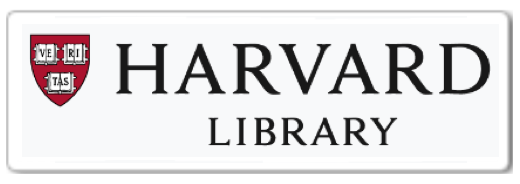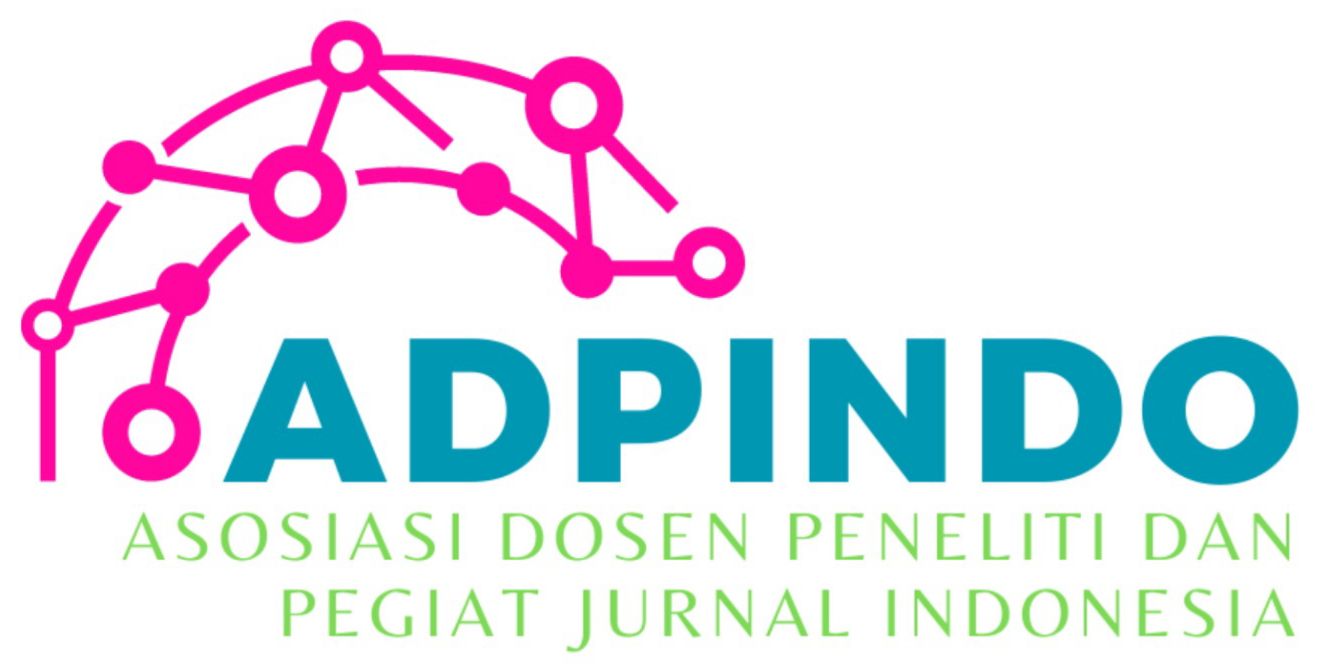ANALYSIS OF THE EFFECT OF PERSONAL FINANCIAL NEED, CORPORATE GOVERNANCE, ECONOMIC INSTABILITY AND FINANCIAL TARGETS ON POTENTIAL FINANCIAL SHENANIGANS RISKS
Main Article Content
Trisandi Eka Putri
Inna Mustika Sani
Siti Nur Farahin Binti Baharum
Asep Kurniawan
Financial report are a form of communication between companies and stakeholders. Financial shenanigans are action that deliberately damage the reported financial performance and financial condition of a company. This research uses secondary data with quantitative methods, with the type of data in the form of company documents, namely financial reports, balance sheets and profit and los reports for retail sector companies listed on the Indonesia Stock Exchange and the Malaysia Stock Exchange. The sample research method used was purposive sampling. Personal financial need has a positive effect on the potential risk of financial shenanigans, corporate governance and financial target has a negative effect on the potential risk of financial shenanigans, and economic instability has not effect on the potential risk of financial shenanigans. Future research are expected to be able to use different research methodes from previous research, with the aim of finding out how the independent variable influences the dependent variable.
AICPA. (2002). AU Section 316 Consideration of Fraud in a Financial. SAS No. 99.
Albrecht, C., & Conan Albrecht. (2008). The Nature of Financial Statements Fraud, Internal Auditing.
Albrecht, W. S., C.C. Albrecht, & C. Albrecht. (2006). Fraud Examination (2nd ed). Mason, OH: Thomson South Western.
Asmianti, S., Nangoi, G., & Warongan, J. (2019). Analisis Penyebab Kerugian Pada PT Sumber Alfaria Trijaya Tbk Cabang Manado. Jurnal Riset Akuntansi Dan Auditing “Goodwill,” 10(1).
Association of Certified Fraud Examining (ACFE). (2021). Report To The Nation On Occupational Fraud And Abuse (2021 Global Fraud Study).
Christian, N., Jessica, & Rionaldo, L. (2021). Pendeteksian Financial Shenanigans Pada Laporan Keuangan PT Garuda Indonesia Tbk. Jurnal Maneksi (Management Ekonomi Dan Akuntansi), 10(1).
Debby, F. Julia., Mukhtaruddin, Yuniarti, E., Sapura, D., & Abukosim. (2014). Good Corporate Governance, Company’s Characteristics and Firm Value: Empirical Study of Listed Banking on Indonesian Stock Exchange. Journal of Business Review, 3(4).
Ikatan Akuntan Indonesia. (2012). Standar Akuntansi Keuangan.
Jamieson, D., Awolowo, I. F., Garrow, N., Winfield, J., & Bhaiyat, F. (2019). Financial Shenanigans: The Importance Anti-Fraud Education. Journal of Governance and Regulation, 8(3).
Kurniawati, A. D. (2021). Analisa Fraud Diamond Dalam Pendeteksian Tindakan Financial Shenanigans. MODUS. Universitas Atma Jaya, Yogyakarta., 33(2).
Listyaningrum, D., Paramita, P. D., & Oemar, A. (2017). Pengaruh Financial Stability, ExternalPressure, Financial Target, In effective Monitoring Dan Rasionalisasi terhadap Kecurangan Pelaporan Keuangan (Fraud) pada Perusahaan Manufaktur di BEI tahun 2012-2015. Jurnal Ilmiah Mahasiswa S1 Akuntansi Universitas Pandanaran, 3(3).
Mohammed, R., & Ala, L. G. (2015). Evaluating Financial Evidences and Early Detection of Financial Shenanigans - A study on United Arab Emirates. Research Gate.
Revika, P. (2019). Analisis Fraud Pentagon Dalam Mendeteksi Financial Statement Fraud Pada Sektor Perbankan yang Terdaftar di BEI Periode 2015-2017. Skripsi. Darmajaya Bandar Lampung.
Riyanto, B. (2010). Dasar-Dasar Pembelanjaan Perusahaan: Vol. Cetakan Ketujuh (Keempat). Yogyakarta: BPFE.
Sandria, F. (2021). Deretan Skandal Laporan Keuangan di Pasar Saham RI, Indofarma-Hanson. CNBC Indonesia.
Schilit, H. M. (2002). Accounting Financial Shenanigans: How to Detect Accounting Gimmicks & Fraud in Financial Reports. McGraw-Hill.
Setiawati, E., & Baningrum, R. M. (2018). Deteksi Fraudulent Financial Reporting Menggunakan Analisis Fraud Pentagon : Studi Kasus Pada Perusahaan Manufaktur Yang Listed Di BEI Tahun 2014-2016. Riset Akuntansi Dan Keuangan Indonesia, 3(2).
Sharma, D., & Dey, S. K. (2018). Demystifying The Gimmicks of Financial Shenanigans: A Conceptual Study. MUDRA: Journal of Finance and Accounting, 5(2).
Skousen, C. J., Smith, K. R., & Wright, C. J. (2009). Detecting and Predicting. In Detecting and Predicting Financial Statement Fraud: The Effectiveness of The Fraud Triangle and SAS No. 99. In Corporate Governance and Firm Performance. Emerald Group Publishing Limited.
Sudarmanto, E., & Susanti, E. et al. (2021). Good Corporate Governance (GCG). Yayasan Kita Menulis.
Tuanakotta, T. M. (2010). Akuntansi Forensik dan Audit Investigatif. Salemba Empat.
Wardhani, A. K., & Farida. (2021). Pengaruh Personal Financial Need, Corporate Governance Dan Ketidakstabilan Ekonomi Terhadap Potensi Risiko Financial Shenanigans Dalam Masa Pandemi Covid-19 (Studi Empiris Pada Perusahaan Transportasi Dan Pariwisata Yang Terdaftar Di BEI Tahun 2020). 4th Prosiding Business and Economics Conference in Utilizing of Modern Technology 2021.
Wati, N. S. (2022). Analisis Pengaruh Personal Financial Need, Corporate Governance, Dan Ketidakstabilan Ekonomi Terhadap Potensi Risiko Financial Shenanigans Dalam Masa Pandemi Covid-19 (Studi Empiris Pada Perusahaan Makanan Dan Minuman Yang Terdaftar di Bursa Efek Indonesia Periode 2019-2020). Thesis. Riau: Universitas Islam.
Wati, Y., Irman, M., & Suharti. (2023). Kepemilikan Perusahaan, Manajemen Laba, dan Kecurangan Laporan Keuangan di Indonesia dan Malaysia. Jurnal Akuntansi Keuangan Dan Bisnis, 16(1).
Yesiariani, M., & Rahayu, I. (2017). Deteksi Financial Statement Fraud: Pengujian Dengan Fraud Diamond. Jurnal Akuntansi & Auditing Indonesia, 21(1).
Zainudin, E. F., & Hashim, H. A. (2016). Detecting Fraudulent Financial Reporting Using Financial Ratio. Journal of Financial Reporting and Accounting, 14(2).






































